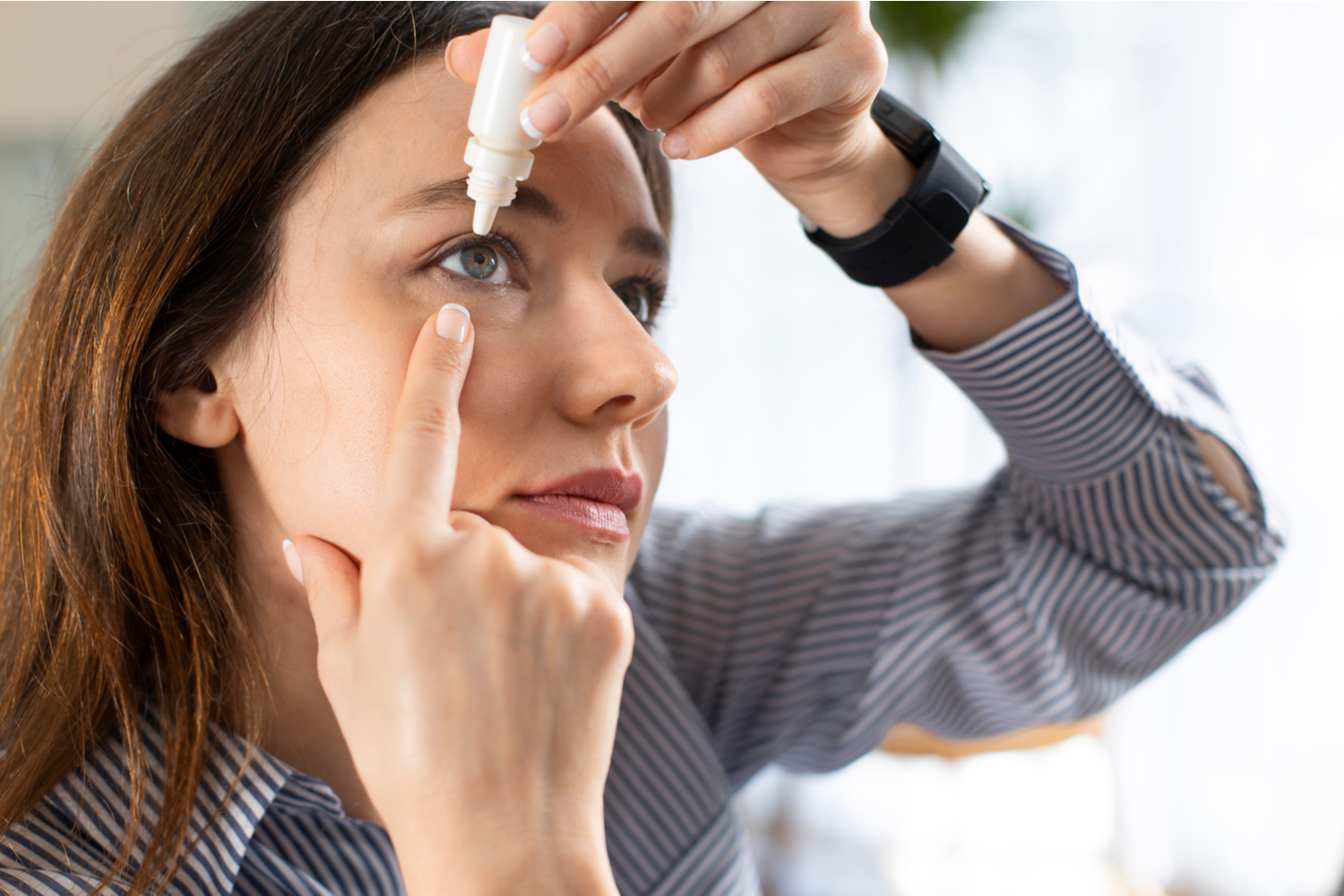
According to the American Diabetes Association, approximately 1.5 million people in the United States are diagnosed with diabetes each year. Aside from problems with the kidneys, nerves, and blood vessels, diabetes that isn’t under control can also harm the eyes. Over time, the disease can damage the eyes, leading to visual impairment or even vision loss. Here’s what you need to know in diagnosing and treating diabetic eye diseases.
3 Main Eye Problems Caused by Diabetes
Diabetes can affect the eyes in various ways. If your blood sugar levels are too high, it can make your lenses swollen, weaken the blood vessels, or damage the retina. Read on to learn more about the main eye problems caused by diabetes.
Diabetic Retinopathy. This condition occurs when there’s damage to the retina because of high blood sugar levels. If left untreated, this eye problem can result in blindness. For screening, your eye doctor will use medicated eye drops to dilate your pupil. This will provide them with a direct view of the retina and other structures. They may also perform other diagnostic tests. These include visual acuity tests, ophthalmoscopy, tonometry, and more. Diabetic retinopathy can be treated based on your doctor’s findings. Treatment options include medical control, medications, laser surgery, and vitrectomy.
Macular Edema. This is one of the most common complications of diabetic retinopathy. A complete eye examination is also the best way to detect this problem. Aside from pupil dilation, your doctor may also perform ancillary tests to diagnose macular edema. These tests may include optical coherence tomography and fluorescein angiography. There are several options to treat this condition, such as steroids and anti-vascular endothelial growth factor medications. These are meant to chemically stop the blood vessel leakage into the retina. But the gold standard for macular edema is laser treatment.
Glaucoma. This condition can also be a complication of diabetes once retinopathy develops. Glaucoma can occur when there’s damage to the optic nerve due to pressure buildup inside the eye. It’s diagnosed by measuring the eye pressure and checking the optic nerve. Your doctor will also test a patient’s field of vision. Glaucoma is often treated by relieving eye pressure with eye drops. Your doctor may also recommend alternative remedies, such as laser treatment or trabeculectomy surgery.
Cataracts. One of the critical factors that result in cataract development is diabetes. Eye doctors diagnose cataracts by conducting several tests. These include a visual acuity test, slit-lamp examination, and a retinal exam. Prescription glasses can help clear a patient’s vision. But the only effective treatment is surgery. The procedure will involve removing the cloudy lens and replacing it with an artificial one.
Do you have diabetes? Preserve your good vision by actively managing your disease. This way, you can reduce your risk of causing damage to your eyes. Some diabetic eye diseases have no warning signs when they first develop. A regular comprehensive eye exam will help with early detection and intervention. Please don’t wait for damage to become too advanced that it’s irreversible. Schedule your consultation today with Davie Family Eye Care in Davie, Florida. Call us at (754) 238-5360 to make an appointment.







